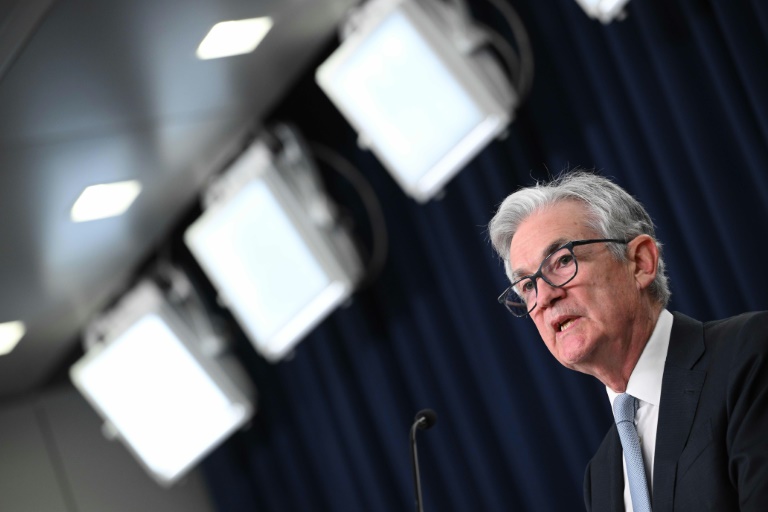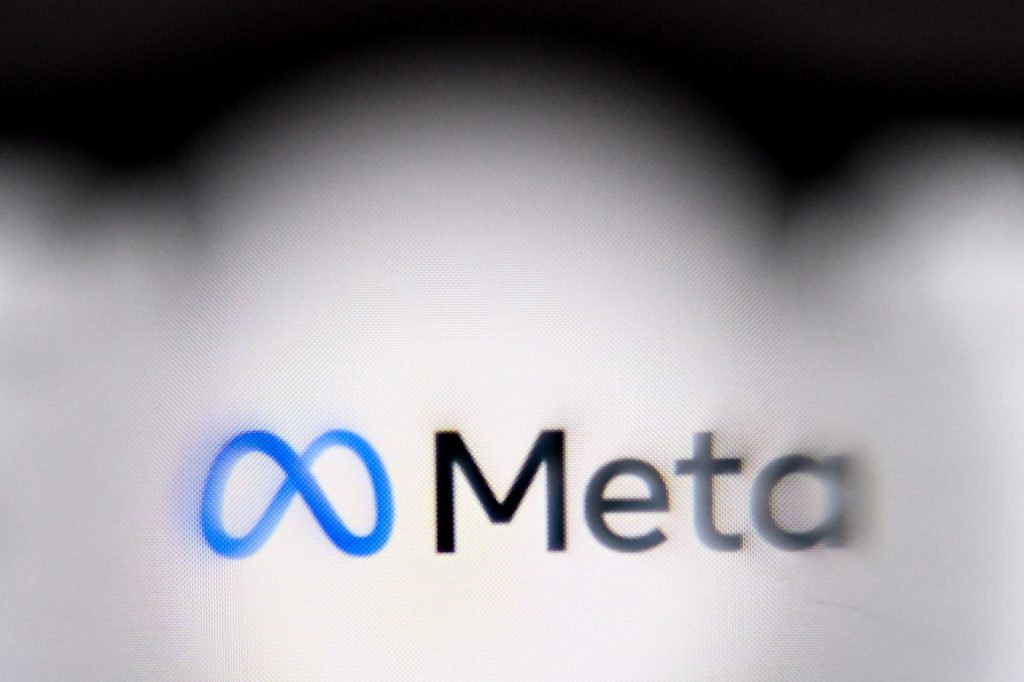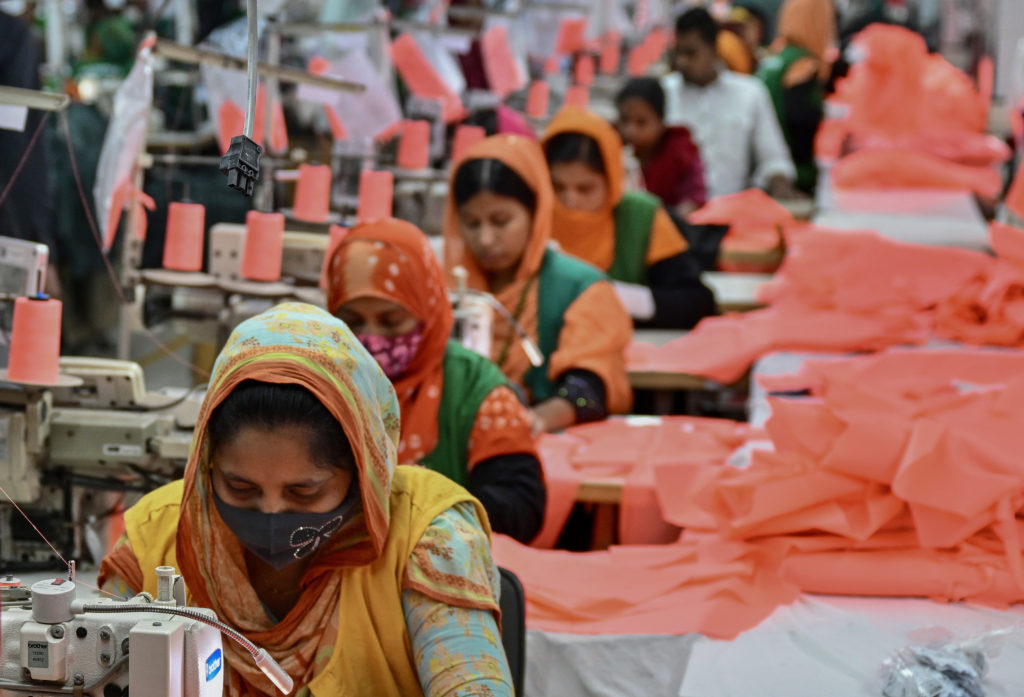Federal Reserve Chair Jerome Powell is expected to hold a press briefing after the Fed's policy-setting body ends its two-day meeting Wednesday
US central bankers opened the second day of a key policy meeting Wednesday, with growing anticipation of a smaller hike to the Fed’s benchmark lending rate as surging inflation shows signs of easing.
The Federal Reserve has embarked on an all-out campaign to cool demand in the world’s biggest economy, raising rates six times this year with interest-sensitive sectors like housing already reeling from tightening policy.
While it takes time for effects to ripple through sectors, there have been positive signs, with consumer inflation in the United States easing in November, according to government data released Tuesday.
The consumer price index, a key gauge of inflation, logged its smallest annual increase in nearly a year, fueling optimism that the Fed could soon moderate its efforts.
The figures nudged Wall Street stocks up, with Asian indices rising Wednesday as well, as all eyes turn to the Fed’s post-meeting statement and Fed Chair Jerome Powell’s comments for hints on the path to come.
Households have been squeezed by red-hot prices, with conditions worsened by surging food and energy costs after Russia’s invasion of Ukraine, and fallout from China’s zero-Covid measures.
To make borrowing more expensive, the Fed has raised interest rates six times, including four bumper 0.75-point increases, bringing the rate to between 3.75 percent and four percent.
Analysts widely expect the Fed to adopt a smaller, half-point hike on Wednesday, with Ian Shepherdson of Pantheon Macroeconomics calling it a “a done deal.”
While this marks a step down from earlier 0.75-point increases, it would still be a steep jump.
Shepherdson cautioned that Powell is “in no hurry to say what markets want to hear.”
“(Powell) is unlikely to deviate from his clear line that the Fed will do whatever is necessary to squeeze out inflation, and that some pain will be necessary,” Shepherdson added in an analysis.
– ‘Not yet proof’ –
Recent easing in data is welcome news to policymakers, but this is “not yet proof that inflation has sustainably cooled to levels consistent with the inflation target,” cautioned economist Edoardo Campanella of UniCredit Bank in a note.
The Fed has a longer-term target of two percent, while consumer inflation jumped 7.1 percent year-on-year in November.
“The Fed will likely further slow the pace of rate hikes early next year to 25 basis points,” Campanella added.
“However, with the labor market still very tight… and with broad financial conditions easing, the Fed will likely say that their job is not done,” he said.
Neil Saunders, managing director of GlobalData, added that the Fed is taking a “hawkish view on inflation” and will likely conclude further tightening is needed, based on the continued strength of underlying demand in the economy.
“As much as this action may have the desired effect, it will cool the economy at a time when it is already under pressure heading into 2023,” said Saunders.
The Fed’s further rate hike will also mark “a new phase” in its tightening cycle, said Nationwide chief economist Kathy Bostjancic in a note Monday.
This comes as officials look to adjust policy now that it is “within the range considered restrictive.”
Financial markets will be watching for signals of how high rates might go, and “the path for rates beyond that peak,” she added.










